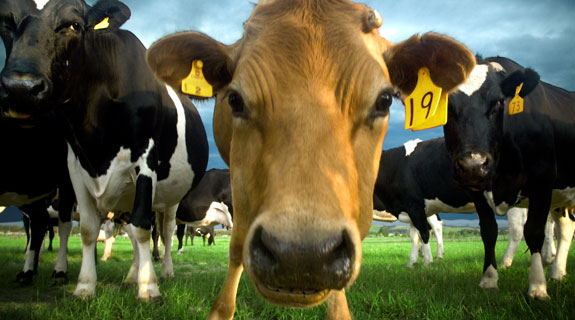
The Government has gone for a select committee inquiry into local milk prices to take the heat out of a possible election issue
In a clear case of politics winning over common sense the Government now says it will back a Select Committee inquiry into the price of milk on the local market.
With political rivals Labour and Greens pushing for such a probe after the Commerce Commission decided not to stage a formal investigation into the price of milk last week , John Key has sniffed the political wind and now says the Cabinet support an inquiry. It will now be discussed by the National caucus tomorrow and if – or more correctly, when – it gains the support from the caucus then it could be considered by the Commerce Select Committee as early as Thursday.
Despite previously defending the price of milk and saying he suspects New Zealand consumers are paying a fair price, Key has now punted for a select committee inquiry in an effort to take the political heat out of the issue.
“What is quite clear is people are frustrated with the price of milk. They’re not convinced actually at the moment that they are getting fair a price,” Key explained. “I suspect that they are and the work we’ve done so far would indicate that they are.”
However, the PM’s change of heart follows on from Agriculture Minister David Carter stance saying there could be “some value” in an inquiry taking place. It’s clear both Carter and Key do not believe domestic dairy consumers are being ripped off. However, they also both know a select committee inquiry will take the issue of high local milk prices off the agenda until after November’s election.
It is smart politics, but rather cynical.
I have more respect for the stance Federated Farmers president Bruce Willis has taken over the issue. He has recommended that consumers shop around for a bargain. As he stated in an opinion piece:
“Milk remains great nutritional value for money and there are good milk prices by shopping around. Supermarkets may not be the best place to buy from if Timaru’s Corner Convenience Store has been selling two litres of Dairy Dale for $3.20 and the Harris Road Superette and Lotto in Mt Wellington for $2.90. If we reward dairies like these with increased business then retail milk prices may start falling elsewhere.”
While people may think dairy farmers are creaming at present – with the average price for two litres of standard milk at $3.68 – it is worth remembering they actually only receive around $1.30 for every two litre bottle of milk sold.
I don’t believe Fonterra is ripping off New Zealanders over the price of milk and I am disappointed Key and Co have kicked for touch on this subject going for an inquiry instead of backing local farmers.
However, I do agree with the PM that “daylight is the best disinfectant” and the select committee and submission process will shine light on the issue and once and for all show New Zealand consumers that are actually paying fair prices for dairy products.









